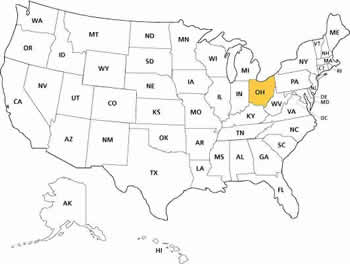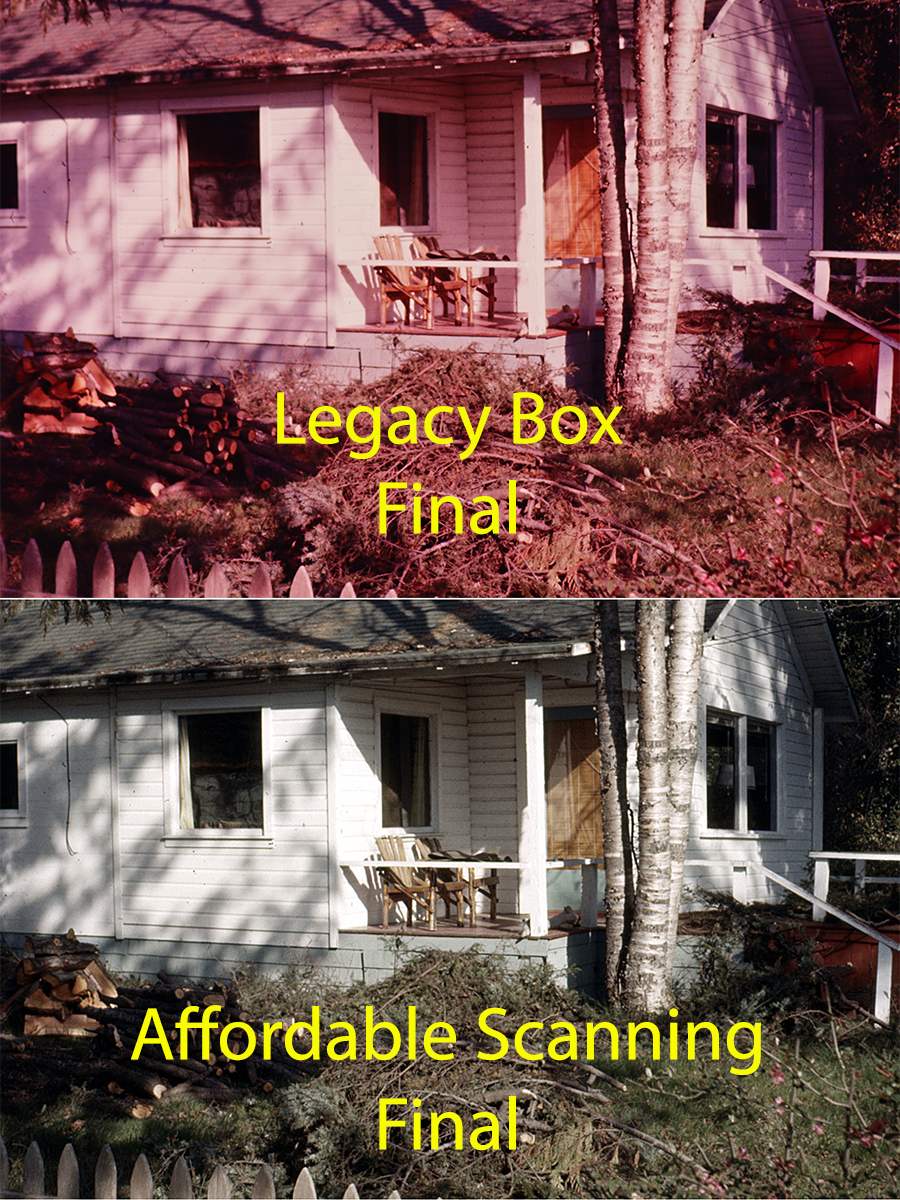Premium Photoshop Editing On Every Scan.
49¢ most slides. Expert Slide and Photo
Scanning Since 2002.
4,000 ppi Extra High Res Scanning.
We can make PRINTS from your Slides.
Personally Processed with care in Wisconsin.
Ohio 35mm Slide, Photo & Film Scanning


All scanning companies will NOT give you the same results — click to see proof.


We'll be upfront: we don't have a walk-in location in Ohio. Most customers ship their projects to us because they want expert results at a fair price and there aren't many strong in-state options. Our before/after images and price comparisons show exactly what to expect.
At Affordable Scanning Services LLC, your job never leaves our Wisconsin offices until it ships back to you. We treat your family photos as if they were our own—handled carefully, edited by hand, and scanned at high resolution.
Since 2002 we've helped customers across Columbus, Cleveland, Cincinnati, Toledo, Akron, Dayton, Parma, Youngstown, Canton, and Lorain—plus the rest of the U.S. and Canada—by mail. If you have questions, we'll answer quickly and plainly.
"Ohio was originally inhabited by various indigenous peoples. The United States created the Northwest Territory under the Northwest Ordinance of 1787, which prohibited slavery. Ohio was admitted as the 17th state on March 1, 1803. Eight U.S. presidents hailed from Ohio at the time of their elections, giving rise to the nickname 'Mother of Presidents.' Ohio's central position gave it an important place during the Civil War."
From https://en.wikipedia.org/wiki/Ohio

 Home
Home Order Forms
Order Forms